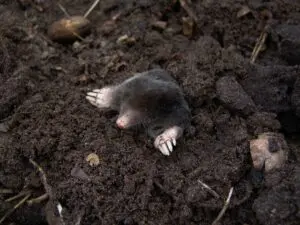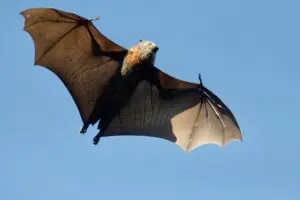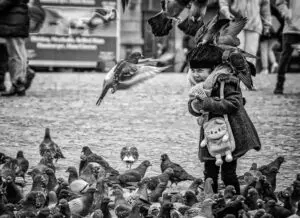
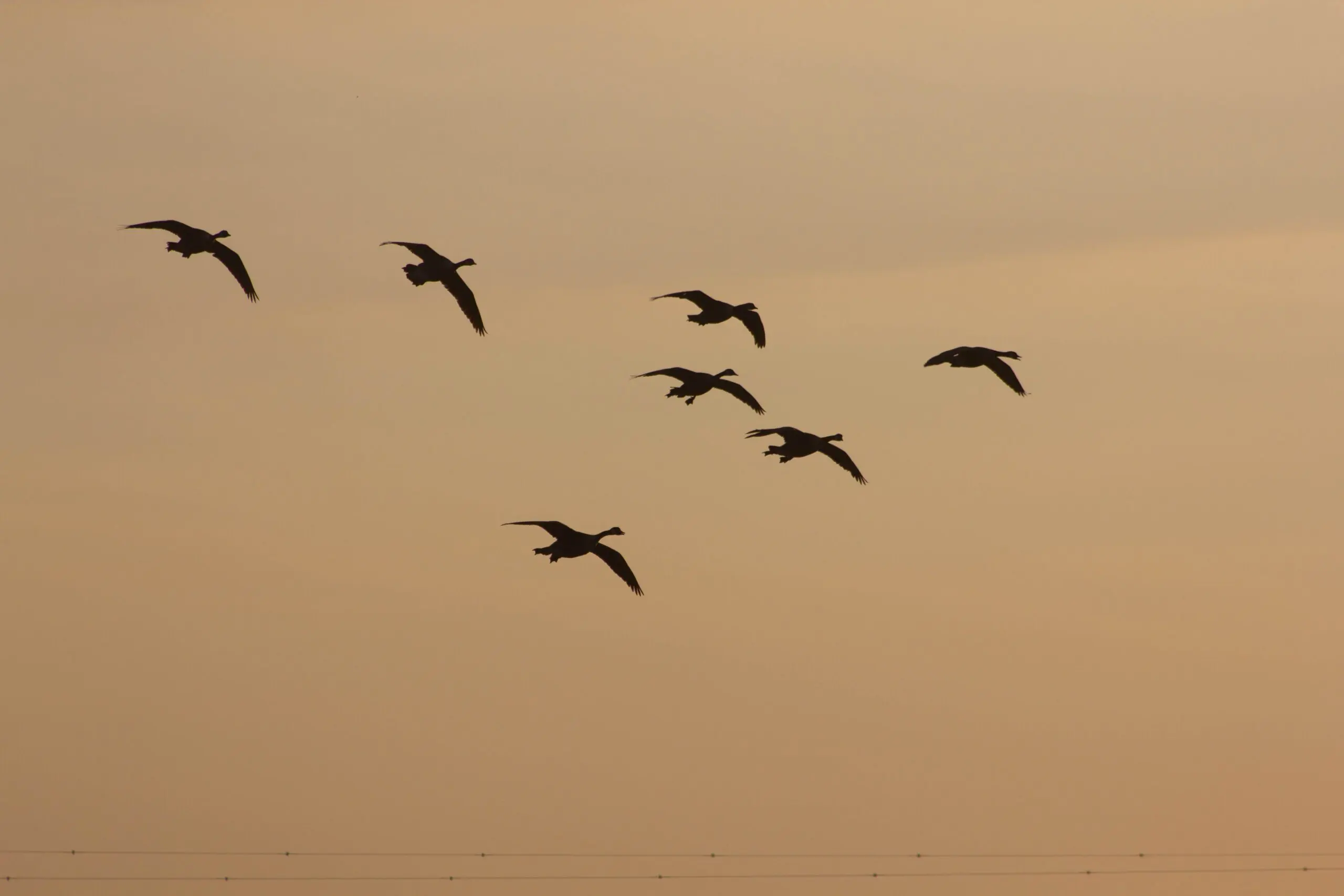
New Jersey is home to an astounding 480 different bird species. That’s a few too many to cover in this article, so we took a closer look at just five of the many birds you may have seen in New Jersey.
Northern Cardinal
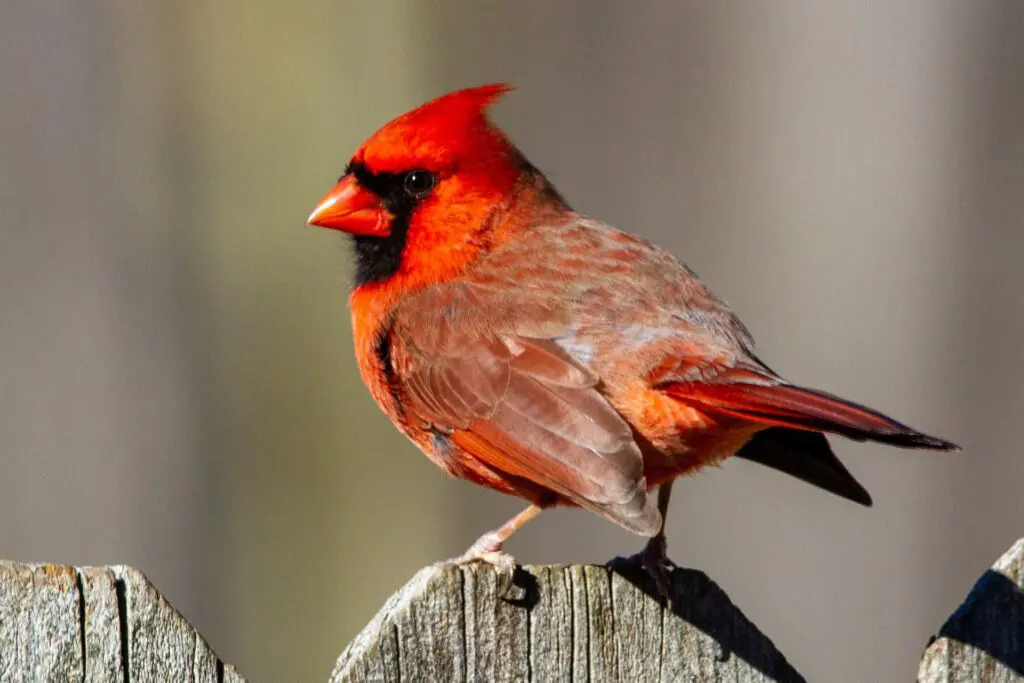
Appearance:
Male Northern cardinals are bright red with a black mask and throat. Females are less showy in their appearance. They are a pale orangish-brown color with red highlights on the breast, tail, and wings. Both males and females have a crest on their head and their bills are short and thick.
Habitat:
These vibrant birds prefer to live in dense, shrubby areas like forest edges, hedgerows, marshy thickets, overgrown fields, and even some backyards.
Fun facts:
- Northern cardinals are known for fiercely defending their territory during breeding season. They are so territorial in fact, that it is not uncommon for them to fight for hours with their own reflection thinking it is an intruder.
- Northern cardinals are the state bird for a whopping 7 different states!
Sharp-shinned Hawk
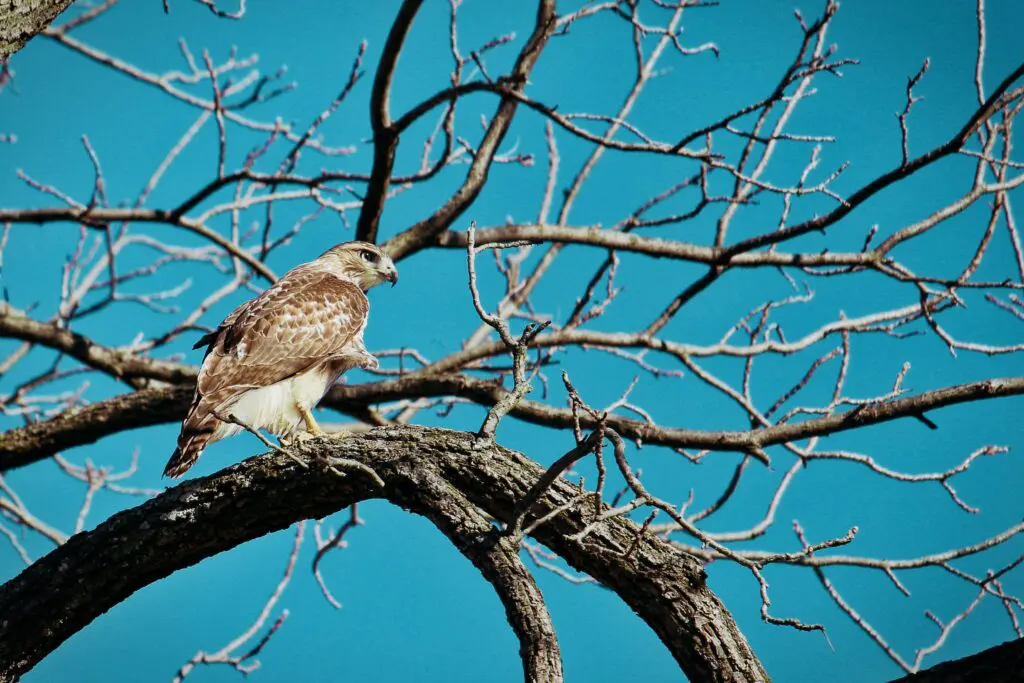
Appearance:
Sharp-shinned hawks are small hawks with long, square-tipped tails that may have a notch in the end. Their head and back are blueish-gray, and their tail is white with black bands. Their chest and belly are striped with a rust color.
Habitat:
Sharp-shinned hawks live in forest areas, as they require dense forest for breeding. They like to build their nests in dense conifer groves with nearby clearings for hunting.
Fun facts:
- When sharp-shinned hawks migrate in the fall, they gather at certain points in huge numbers. One October day, more than 11,000 sharp-shinned hawks were seen at a hawk watch in Cape May Point, New Jersey!
- Sharp-shinned hawks eat mostly songbirds. When they catch one, they will carry it to a perch and pluck it because unlike owls, most hawks do not eat the feathers of their prey.
European Starling
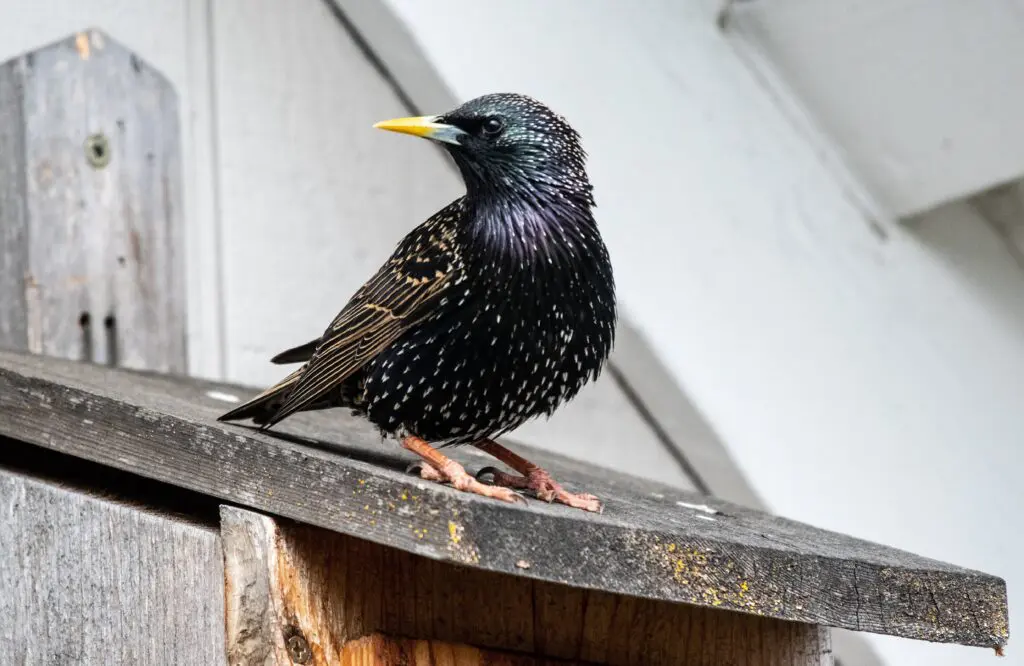
Appearance:
European starlings are stocky birds with short tails and long, narrow beaks. Their color patterns change depending on the time of year. During summer, they are a glossy black color with purple-green iridescence and their beaks are yellow. During winter, they lose their glossiness, their color changes to brown with white spots, and their beaks are darker.
Habitat:
When looking for a place to live, these birds require two things- cavities big enough for nesting, and plenty of open area for foraging. Typically, they find their needs best met in urban and suburban areas.
Fun facts:
- This species was intentionally brought to America in the late 1800’s by a group of Shakespeare fans who wanted America to have all of the bird species ever mentioned by Shakespeare. It took a few tries to get the population established, but eventually they succeeded after they released 100 birds in Central Park, New York in the early 1890’s. All of the European starlings in America today are descended from those 100 birds.
- European starlings are very fast fliers, reaching speeds of up to 48 miles per hour!
Red-bellied Woodpecker
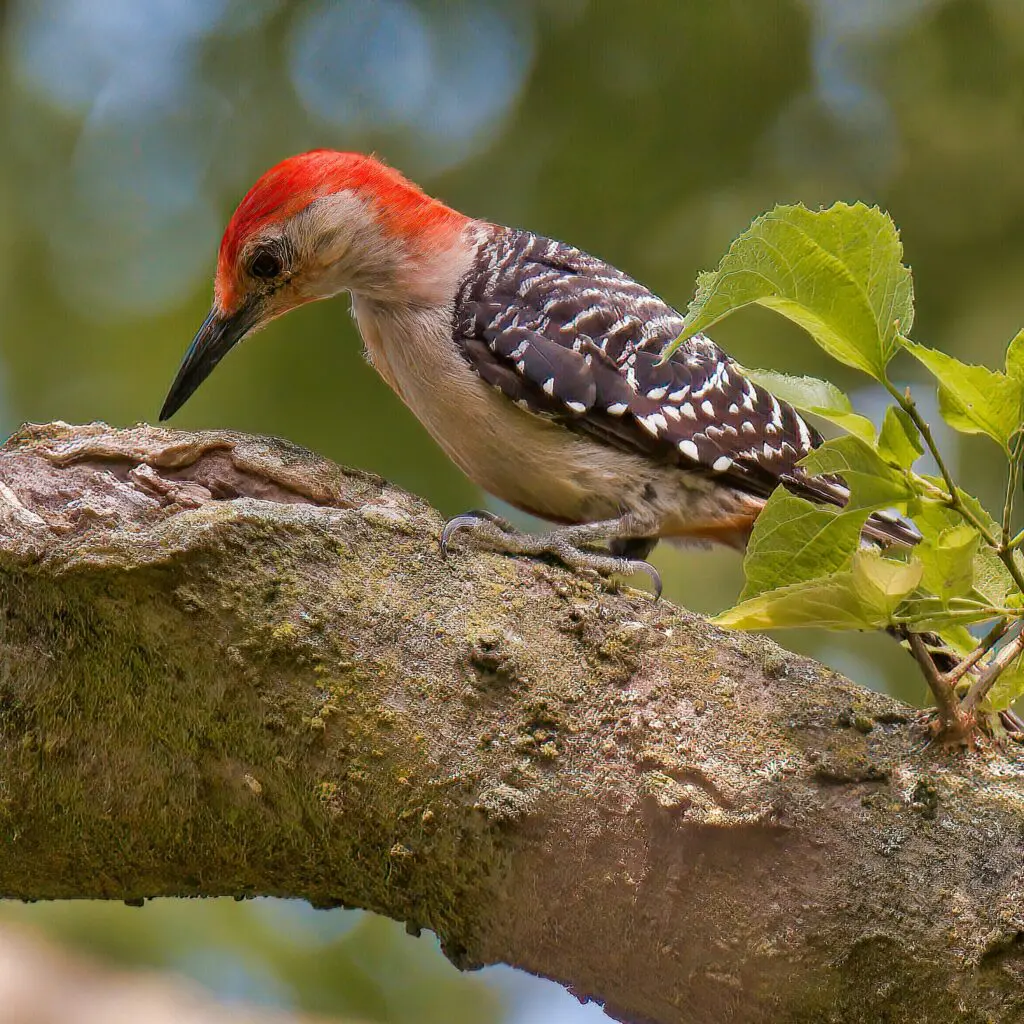
Appearance:
Larger than other backyard birds, red-bellied woodpeckers are stocky birds with long, chisel-shaped beaks. Their name is somewhat misleading, as their bellies are not actually red but rather white with a faint red tint. Their backs and wings have black and white stripes which create a zebra-like pattern.The only way to tell males from females is the amount of red coloring. Females only have red on the backs of their necks. On males, the red on the neck extends over the crown all the way to the beak.
Habitat:
These birds like to live in wooded areas where there are plenty of hickory, oak, and pine trees.
Fun facts:
- Red-bellied woodpeckers’ tongues differ from male to female, possibly to allow them to forage for food in different areas. Their tongues are barbed on the end and they have sticky spit. What’s more, a woodpecker’s tongue can reach almost 2 inches past the end of the beak! In other words, woodpeckers are great at foraging for insects in deep crevices.
Snowy Egret
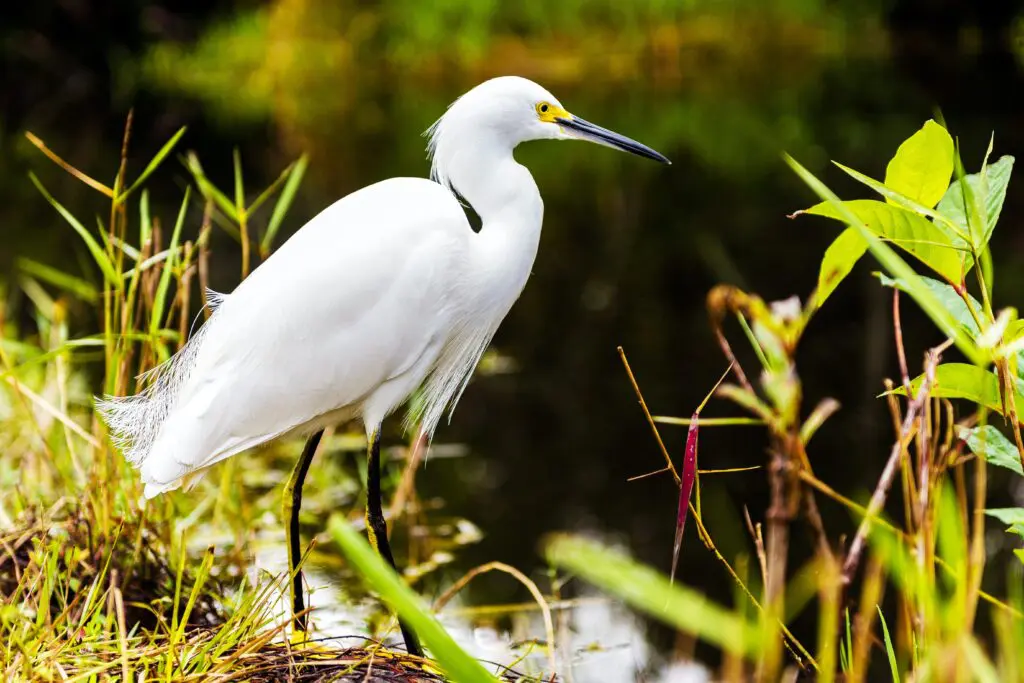
Appearance:
Snowy egrets are small, slender herons with exquisite white plumage. Their beaks and legs are black, and their feet are bright yellow. During the breeding season, males grow wispy feathers along their heads, necks, and backs. These feathers were once highly sought-after in the fashion industry, leading to the endangerment of the species. Fortunately, populations have since rallied and they are no longer endangered.
Habitat:
Snowy egrets live in many types of aquatic habitats, including bays, marshes, ponds, and swamps. They nest in colonies, generally in mangroves, shrubs, or trees.
Fun facts:
- A mated pair of snowy egrets will take turns incubating their eggs. When one takes over, they will give their mate a stick, almost like passing a baton. When the eggs hatch, the parents continue to raise the young together.
- Snowy egrets have been known to mate with other species of heron, creating hybrid species.
New Jersey has quite an impressive variety of beautiful birds. To see them all, check out this list from the New Jersey Department of Environmental Protection.





